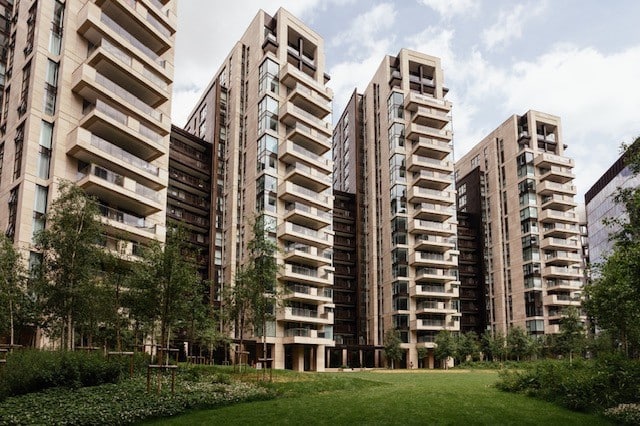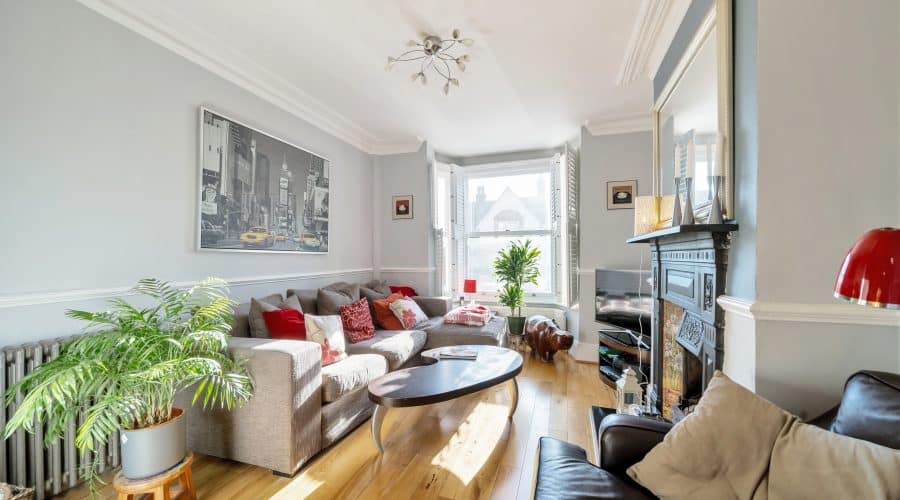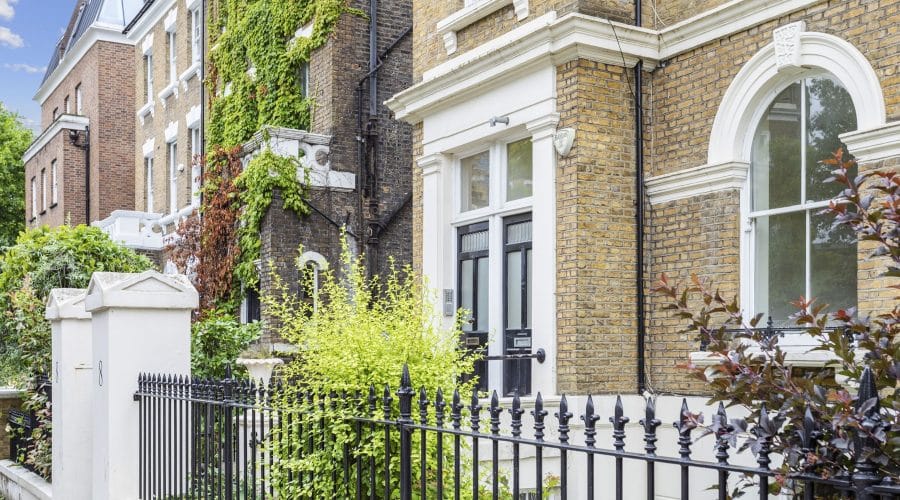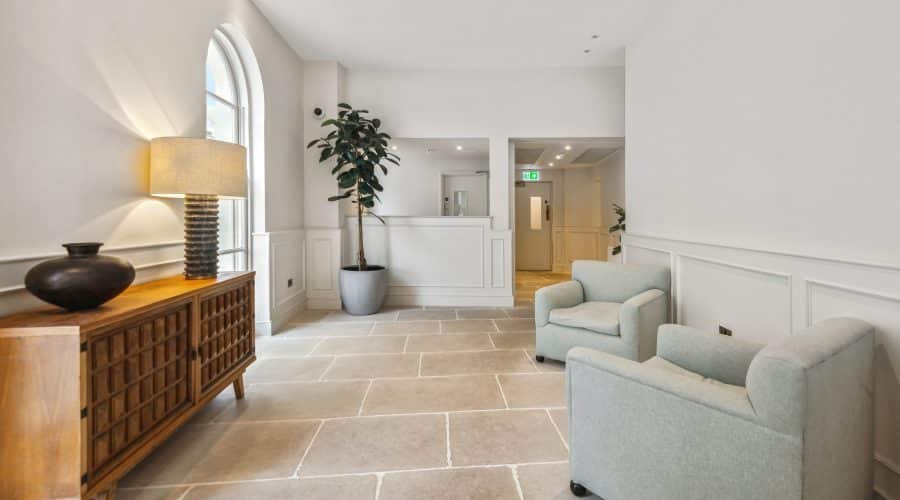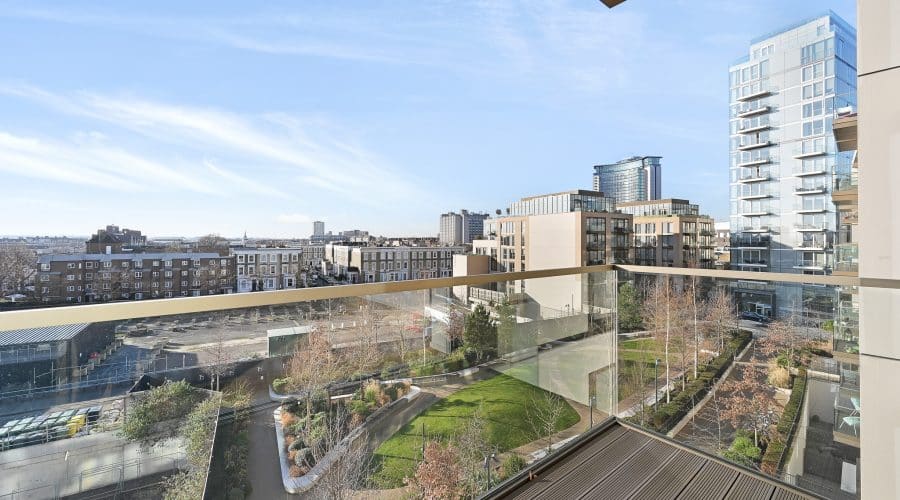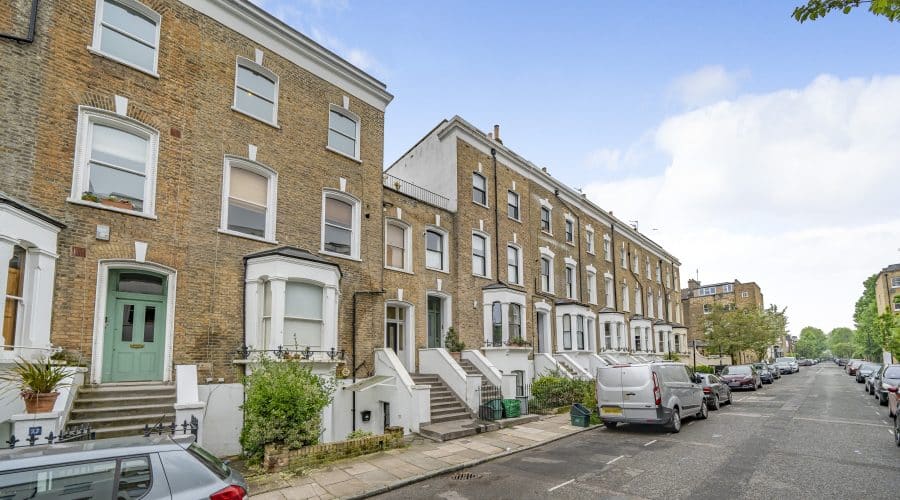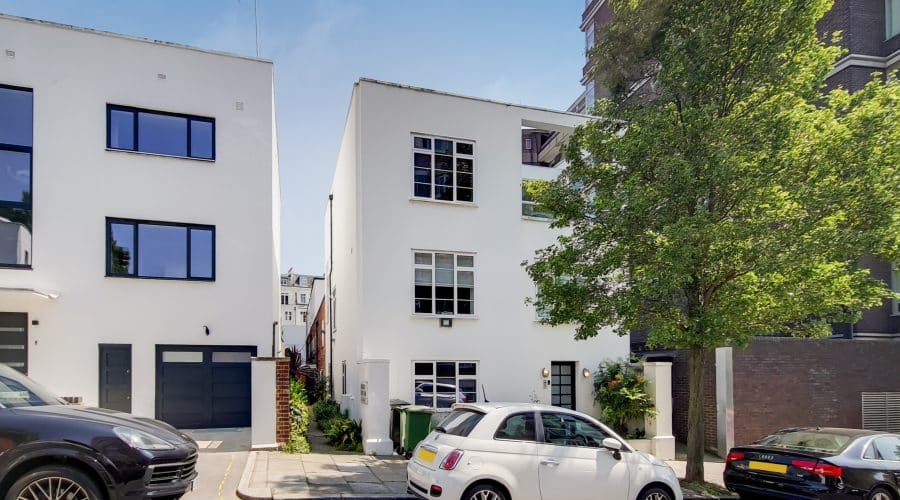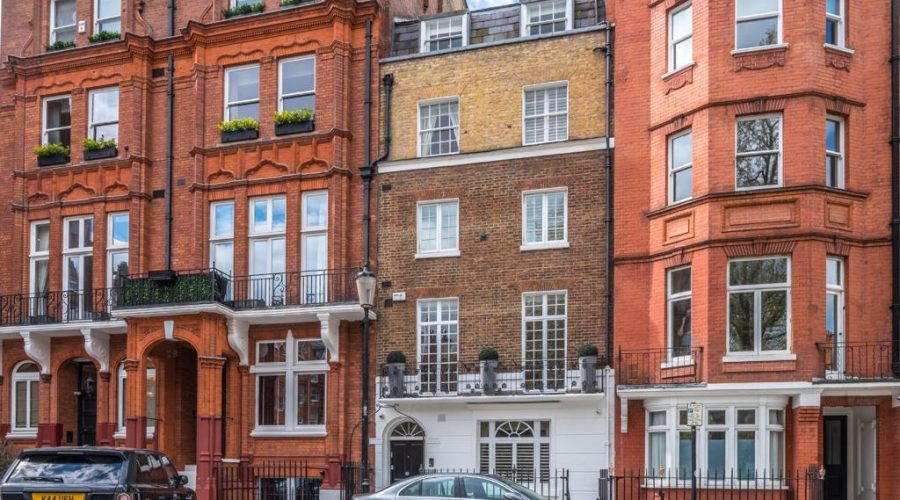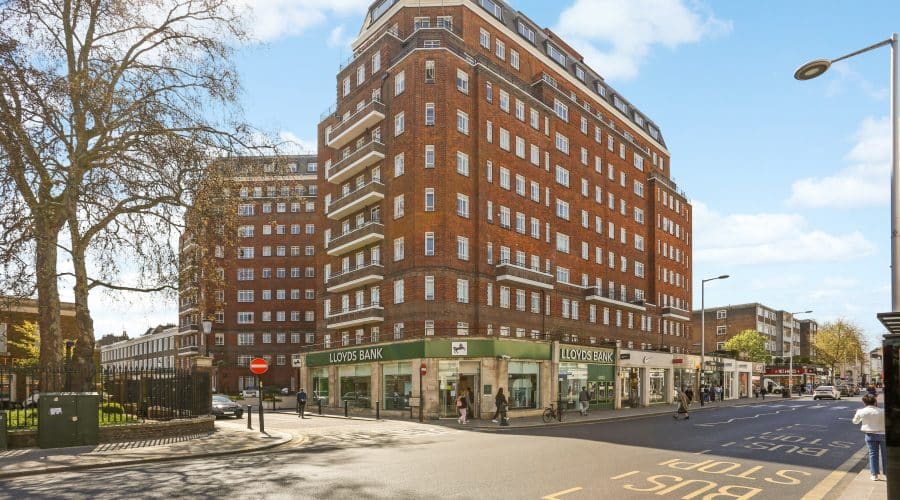By Alexandra Goss
Renovating a house from top to bottom is not for the faint-hearted, but if the property is listed, this comes with many added layers of red tape and expense. Just ask Claire Collins, who has spent two years restoring an elegant Georgian house in Lansdown, Bath.
“When I bought the house, it was so beautiful but hadn’t been touched in decades,” says Ms Collins, who has completely overhauled the five-bedroom, Grade II-listed townhouse. As well as restoring it to its former glory, she is adding 21st-century sustainability credentials such as insulation, an air source heat pump and solar panels.
The works entailed a lengthy dialogue with the local planning department about what changes could be permitted, plus help from specialist architects and structural engineers, as well as months of painstaking research. Ms Collins, who runs Concept Interior Design and Decoration, even went to Bath’s Guildhall to find plans showing the Victorian gothic conservatory that once abutted the house.
Advertisement
“This had been replaced by a 1980s conservatory that was falling apart, and the planners initially wanted me to rebuild a gothic conservatory,” explains Ms Collins, who eventually gained consent to create a garden room that has “a nod to the Victorians”.
“It’s a bit of a dark art dealing with the planners – you have to do a lot of homework and spend a huge amount of time and money,” Ms Collins adds. “Yet planners are so important – without them, historic buildings in places such as Bath wouldn’t be beautifully preserved.”
Buildings are listed to recognise their special architectural or historic interest. There are about 400,000 listed buildings in England, around 47,000 in Scotland and 30,000 in Wales – and all are governed by strict rules.
High prices for materials and rising mortgage rates have dampened buyer demand for renovation projects generally – and this is even more the case for listed properties, according to Jamie Jamieson, of Jamieson Property Search in Norfolk.
“There’s a lack of appetite to do a lot of work and if the property is listed, the cost of specialist architects, heritage consultants and builders has made people wary,” he says.
Even if you’re not planning to do major work, these old buildings tend to require more maintenance than a modern home, warns Jonathan Hopper, of Garrington Property Finders.
“Listed properties are the classic cars of the property world, and their unique nature and character can be a source of both joy and painful expense – often together. The kerb appeal of a beautiful, historic property can be hard to beat, but you should never buy one lightly.”
If you’re weighing up buying a listed property, here’s what you need to know.
Understand the listing
The listing of buildings was introduced in the 1950s to protect Britain’s heritage buildings, and more properties are listed by Historic England, Historic Environment Scotland and Cadw in Wales every year. In general, all buildings built before 1700 that survive in anything like their original condition are likely to be listed, as are most dating from 1700-1850. Some notable post-war properties are also included.
Most listed buildings in England and Wales are Grade II, “of special architectural or historic interest”. Less than 6pc are Grade II* – “particularly important, of more than special interest” – while Grade I status, comprising only 2.5pc, is for those of “exceptional interest”.
A listing must be studied carefully to understand its scope. In most cases, classification protects the whole building – inside and out – along with structures, including modern extensions. It can also include outbuildings, walls and even garden statues.
Read up on the rules
A listed building cannot be altered without special permission from the local council, known as “listed building consent”. In general, it’s easier to make changes to Grade II listed buildings, whereas it’s much harder for Grade II*, and almost impossible for Grade I.
As well as getting consent – and, often, also planning permission– for altering internal layouts or adding extensions, you may also need permission for minor changes to Grade II*-listed buildings, such as door handles or wallpaper, warns Claire Carter, of John D Wood & Co estate agency. Mark Lawson, of buying agency The Buying Solution, once helped a client buy a Grade I-listed house where they were not allowed to change the paint colour in the hall.
Confusingly, the rules are not clear cut. All cases are treated on an individual basis and different councils – and even different individual council officers – have subtly different listed buildings consent requirements.
Prepare to negotiate
In general, planners now often prefer new extensions to old buildings, says William Green, from Fisher German estate agency. He also advises asking for more than you want and being prepared to accept a middle ground.
“So, if you ask to remove a wall, it’s possible that you’ll be allowed to open a wide archway,” he explains. “Above all, be consensual with your conservation officer. Take their advice and don’t go to war – because you won’t win.”
Philip Harvey, from the buying agency Property Vision, had a client who wanted to convert an old farm shelter made of telegraph poles and corrugated sheeting into an indoor swimming pool.
“As it was in the curtilage of a Grade II*-listed medieval farmhouse, listed building consent was required and, unfortunately, the conservation officer tried to argue that the shelter couldn’t be removed as it showed ‘the story of farming on the site’,” Mr Harvey explains. “After some time, sense finally prevailed and it is now a swimming pool.”
Breaches are really serious
Carrying out work without the correct permissions is a criminal offence, with a maximum penalty of two years’ imprisonment or an unlimited fine – Rhianne McIlroy, of buying agency Middleton Advisors, has heard of fines of £100,000-plus for unapproved renovations. “Not to mention you may have to reverse the changes you’ve made,” she adds.
Even more frightening, when you buy a listed building, you inherit any unauthorised work undertaken by previous owners. As there is no time limit on enforcement action, you may have to reverse the alteration – whether that’s a poor replacement window, an extension or a swimming pool.
As such, during the buying process you need to instruct an experienced solicitor who is well-versed in listed buildings in your area, and who can check all previous works had the required consent. If anything was changed without permission, you can retrospectively apply for approval, but don’t sign on the dotted line until this has been granted.
Camilla Dell, of the buying agency Black Brick, has had at least three sales fall apart when it was discovered that changes to a listed property were not consented. “Also, most mortgage lenders will not lend against a property that has been altered without the proper consents,” she adds.
Even if past mistakes don’t derail a sale, they can cause exorbitant costs down the track. David Mackenzie at Carter Jonas estate agency once had buyers purchasing a house with an historic mural, which ran upwards from the ground floor to the upper floors via a cantilevered staircase.
“The owners had painted over the original mural and it needed to be completely put back to its original state – a very expensive endeavour,” he says.
You need expert help
Before you buy, it is crucial to get a full building survey from a surveyor who specialises in historic properties in your area. This will be more expensive, but will give you an important insight into the condition of the building and any potential issues – as well as give details on the building materials, and even possibly cover the extent of remedial work required.
Also, if you’re buying with a view to doing work, consult an architect and builder who specialise in listed buildings to look at it and advise what work could potentially be done (subject to consent) and at what cost, says Carol Peett, of West Wales Property Finders.
Note that work to listed buildings will often have to be done by specialist craftspeople in heritage materials, such as lime mortar. In some cases, this is extremely specific – Adam Lascelles, of By Design estate agency in Lincolnshire, once sold a listed property where the owners had to use a particular sheep’s wool from Wales for loft insulation, and specialised wood from Norfolk for their garden fences.
If you have the right people on board, the seemingly impossible can be done. Craig Fuller, of Stacks Property Search, recently helped clients to buy a house that had 49 breaches of listed building consent.
“Yet my buyers went ahead and have had plans approved for nearly every request – including making new openings in the main walls and putting in larger windows,” Mr Fuller says. “They had exceptional advisors with extensive experience with the planning office.”
Budget for the costs
Higher building costs for listed homes mean that insurance premiums tend to be higher, and you may have to find specialist cover.
Jess Simpson, of Jess Simpson Property Search, advises budgeting at least 20pc extra for renovations depending on the level of the listing and the renovations. Note, too, that timescales will be considerably longer due to planning and having to secure the specialists needed.
The cost of purchase, plus that of restoration, rarely equals the value of the house when done, warns Robin Gould, of the buying agency Prime Purchase. “So it takes a special kind of person to take on one of these projects and plough oodles of hard-earned money into preserving an historic building for future generations.”
Beware the draughts
Listed buildings have single-glazed windows, no insulation and were built to breathe. Large rooms and high ceilings in Georgian properties, for instance, also make them expensive to heat, while listed buildings are exempt from needing an energy performance certificate (EPC).
While you can make simple improvements, such as adding loft insulation and curtains, getting consent for measures such as double glazing or solar panels can be difficult – and, in some cases, impossible.
Look out for red flags
If a building is old and “feels” special but isn’t listed, tread carefully, warns Mark Crampton, of Middleton Advisors, because it could be “spot listed” when a planning application is lodged. “This can scupper plans if the intention is to make significant changes,” he says.
This fear was what prompted a client of Jo Eccles, of the London buying agency Eccord, to pull out of the purchase of a £17m house previously owned by a world-renowned musician.
“As their vision for the property developed, with plans for a basement swimming pool, it became clear there was a risk their plans could prompt a review of the property’s status, resulting in it being listed,” Ms Eccles explains. “It was too big a risk to take and our buyers had no choice but to walk away.”
Embrace the benefits
As well as rubber stamping your own piece of history, a listing gives the wider area cachet – and protection. If you own a listed property in a Georgian terrace, for instance, it’s likely your neighbours will also be listed, meaning there is little chance of the beautiful road being ruined by an ungainly modern addition.
A listed home with wonderful architecture and an interesting history may also be able to make you money, says Joe Charlton, from Strutt & Parker estate agency in Canterbury. “We’ve had plenty of clients who have let out their listed house or gardens for film or photoshoot locations and earned income with little hassle,” he says.



